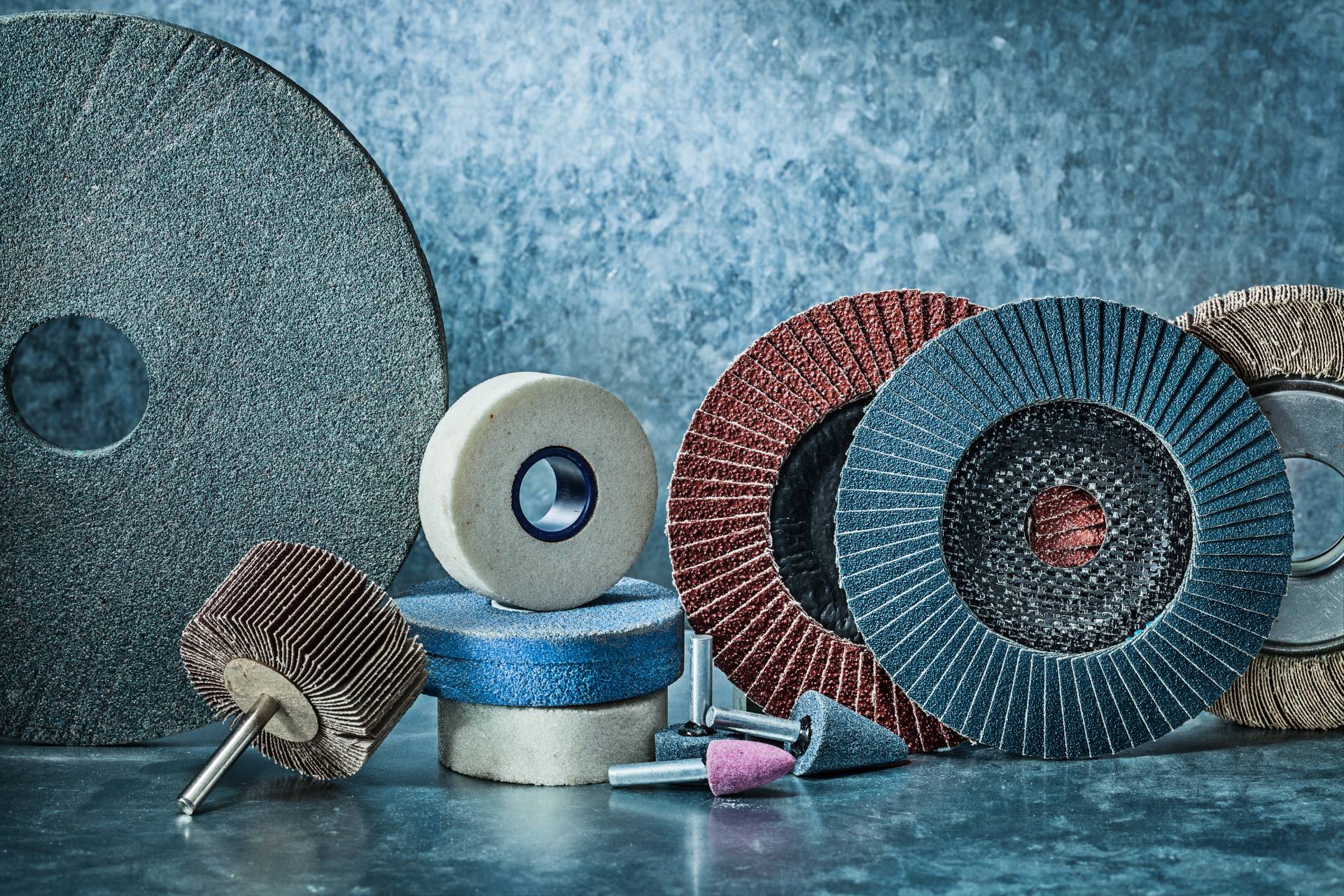A Quick yet Interesting History of Grinding Wheels

Grinding wheels have carved a niche for themselves in the annals of industrial history. These indispensable tools have helped shape and refine materials across various industries. Here, we will delve into a quick yet interesting history of grinding wheels, exploring their evolution from rudimentary beginnings to the advanced and specialized varieties we see today.
Ancient Beginnings
The origins of grinding wheels go back to ancient civilizations. Early forms were rudimentary, utilizing stone, sand, and other natural abrasive materials. Craftsmen used these primitive grinding tools to sharpen weapons and tools essential for survival.
As civilization progressed, so did the technology behind grinding wheels. By the time of the Egyptian and Roman empires, more sophisticated grinding methods had emerged, featuring stronger and more effective abrasive stones.
The Industrial Revolution and Progress
The Industrial Revolution marked a significant turning point in the history of grinding wheels. With the advent of new manufacturing processes and the demand for higher precision in metalworking, the need for better grinding tools became apparent.
During this period, grinding wheels began to be made from materials like emery and aluminum oxide, which offered better grinding capabilities than their predecessors. Innovations in bonding agents allowed for the creation of wheels that could handle higher speeds and increased workloads, enhancing their efficiency and utility.
Modern Materials and Advancements
In the modern era, grinding wheels have seen remarkable advancements. The development of synthetic materials, such as silicon carbide and cubic boron nitride, has revolutionized the industry.
As for natural materials, diamond grinding wheels take first place. Diamonds, the hardest natural substance on Earth, serve as an exceptional abrasive. If you know how to choose the right diamond grinding wheel for your application, it can be the best for cutting and grinding the hardest materials.
The Ongoing Evolution
The journey of grinding wheels is far from over. As technology continues to evolve, so do these essential tools. Research and development in abrasive materials and bonding technologies are constantly pushing the boundaries of what grinding wheels can achieve.
New innovations promise even greater precision, efficiency, and longevity, ensuring that grinding wheels remain at the forefront of industrial processes for years to come.
We hope you learned something from this quick yet interesting history of grinding wheels. From their ancient beginnings to the modern marvels, the journey has been one of continuous evolution and innovation.






